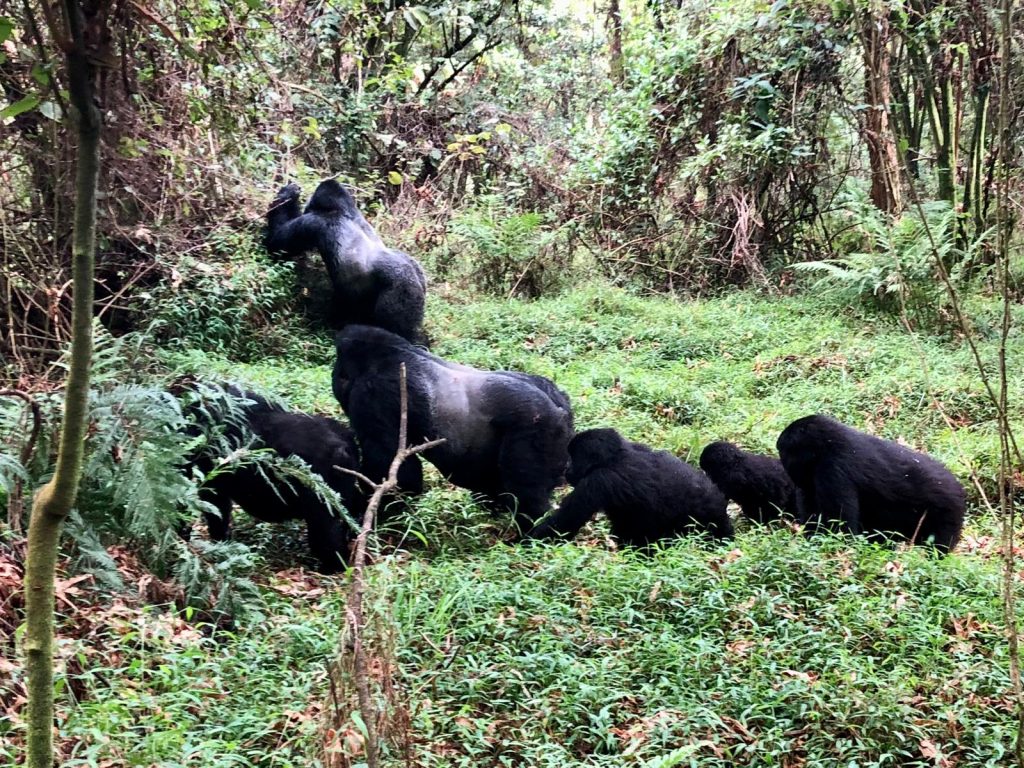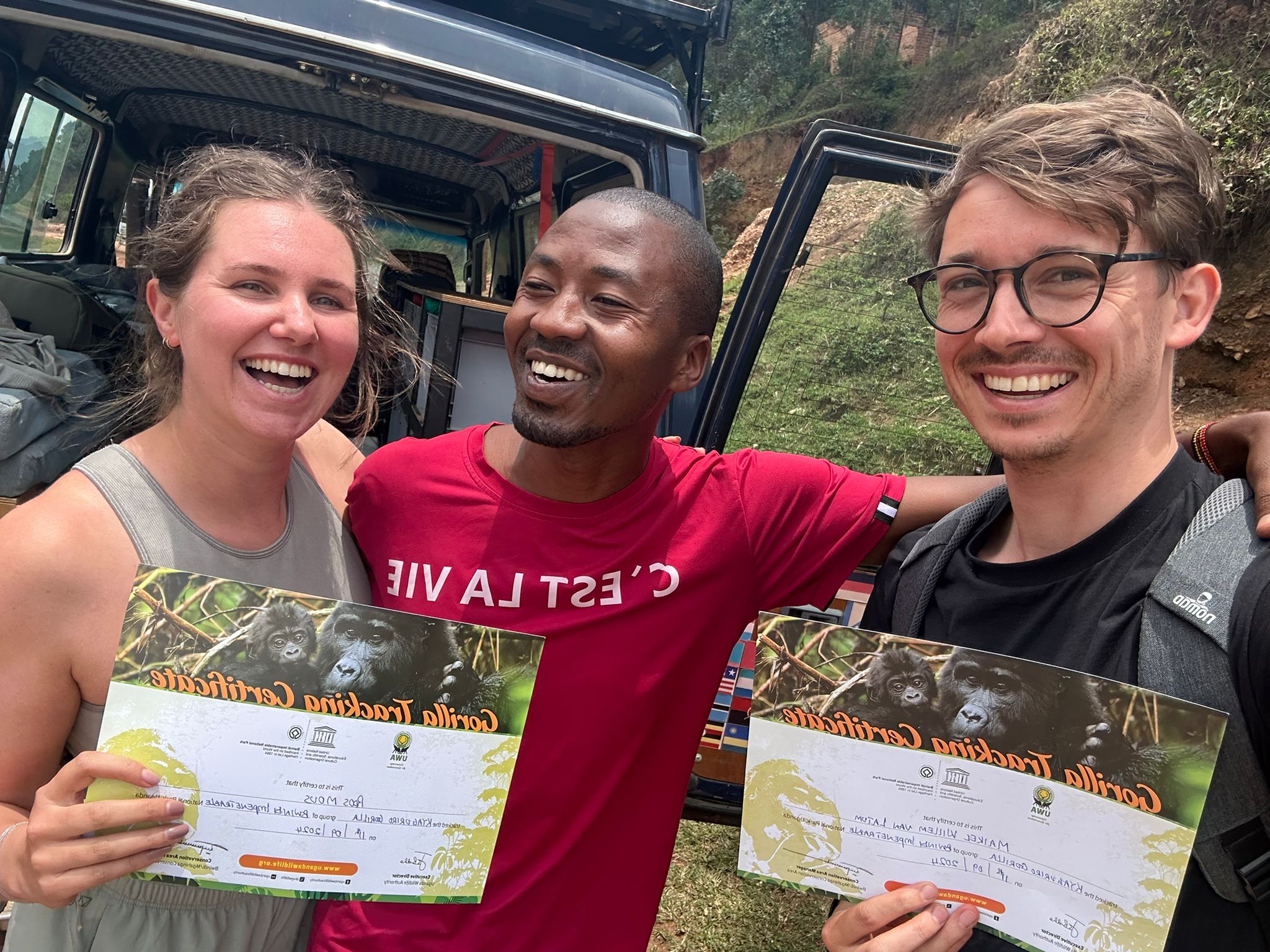How Easy Is Tracking Gorillas In Mgahinga Gorilla National Park?

How Easy Is Tracking Gorillas In Mgahinga Gorilla National Park? Nestled in the southwestern corner of Uganda, Mgahinga Gorilla National Park is a gem in Africa’s chain of protected ecosystems. It’s one of only two places in Uganda where travelers can trek to see endangered mountain gorillas in their natural habitat. While gorilla trekking is often described as a once-in-a-lifetime experience, many potential visitors wonder: Just how easy is it to track gorillas in Mgahinga Gorilla National Park?
The short answer: It depends. The terrain, weather, your physical condition, and even the gorillas’ mood can all influence the difficulty level. But with the right expectations and preparation, most visitors find the experience deeply rewarding and well worth the effort.
Understanding the Landscape
Mgahinga Gorilla National Park forms part of the larger Virunga Mountains ecosystem, which extends into Rwanda and the Democratic Republic of the Congo. The park itself spans just 33.7 square kilometers but is packed with volcanic peaks, bamboo forests, and lush montane vegetation.
Because of its mountainous terrain, gorilla trekking in Mgahinga often involves hiking along steep and sometimes muddy trails. However, the advantage is that the park is less crowded than Uganda’s more famous Bwindi Impenetrable Forest, making for a quieter, more intimate experience with nature.
The Gorilla Group: Nyakagezi
One of the reasons tracking gorillas in Mgahinga can be more straightforward than in other parks is that it is home to just one habituated gorilla family—the Nyakagezi group. This family is known for being relatively calm and often found in accessible locations within the park.
Unlike in Bwindi, where the trekking routes and gorilla families are more spread out, Mgahinga offers a focused experience. Once rangers locate the Nyakagezi group early in the morning, the tracking begins based on their location, which is radioed to guides leading tourists.
That said, gorillas are wild animals, and their movement isn’t entirely predictable. Some days, the group may be only a 1- to 2-hour trek away. On other days, they might wander farther up the volcano slopes, making the hike more strenuous and time-consuming.
What to Expect on Trekking Day
Your gorilla trekking day starts early—usually around 7:00 AM—with a briefing at the park headquarters. Rangers will explain the rules, the behavior of the gorillas, and what to expect during the trek. You’ll be grouped into small numbers (typically 8 people or fewer) to minimize impact on the gorillas and to provide a more personalized experience.
After the briefing, you’ll set off with guides, porters (optional but highly recommended), and armed rangers for safety. The hike itself can last anywhere from 2 to 6 hours round trip, depending on where the gorillas are.
Once you reach the group, you’re allowed one hour in their presence. During this magical 60 minutes, you can observe the gorillas as they feed, groom, and interact with one another. Photography is allowed but without flash. The experience is emotional, humbling, and unforgettable.
How Fit Do You Need to Be?
You don’t need to be an athlete to trek gorillas in Mgahinga, but a moderate level of fitness will make the experience more enjoyable. The guides are very experienced and will adjust the pace according to the group’s capabilities. Porters can help carry your bag and assist you up steeper sections of the trail, which can be invaluable.
If you have mobility concerns or are worried about altitude, it’s a good idea to spend a night or two in the area before the trek. This helps your body adjust and ensures you’re well-rested for the adventure.
Permits and Planning
Uganda Wildlife Authority issues permits for gorilla trekking, which cost USD 800 per person for foreign non-residents (as of 2025). These permits are in high demand, so booking at least 3 to 6 months in advance is recommended, especially during peak travel seasons (June–September and December–February).
Though Mgahinga is less frequented than Bwindi, its exclusivity means that permits can still sell out quickly due to the single habituated group.
Is It Worth It?
Absolutely. Despite the physical effort and the early start, trekking gorillas in Mgahinga is one of the most rewarding wildlife experiences in Africa. The scenery is stunning, the biodiversity is rich, and the chance to observe mountain gorillas up close is beyond compare.
What makes Mgahinga stand out is its serenity. Fewer tourists, a single gorilla group, and the backdrop of the Virunga volcanoes combine to create a unique, peaceful experience. Many trekkers describe it as more intimate than other locations.
So, is tracking gorillas in Mgahinga Gorilla National Park easy? It’s not a walk in the park—but it’s not meant to be. The challenge is part of what makes the reward so sweet. With a bit of preparation, an open mind, and a spirit of adventure, anyone with reasonable fitness can do it.
And once you lock eyes with a majestic silverback or watch a playful infant tumble through the underbrush, all the uphill climbing and muddy boots will be forgotten.
In the end, it’s not about how easy it is—it’s about how unforgettable it becomes.

Request for a Quote
Start planning your adventure trip today with a professional expert available to help you 24/7. Encounter Africa on your own terms.
Inquire Now
Visa Entry
Uganda offers online visa applications, but many travelers find it easier to pay (US$100) and obtain a visa upon arrival at points like Entebbe International Airport. For travel into Rwanda and Kenya, it's recommended to apply for an East African Visa.
Read More About Visas


